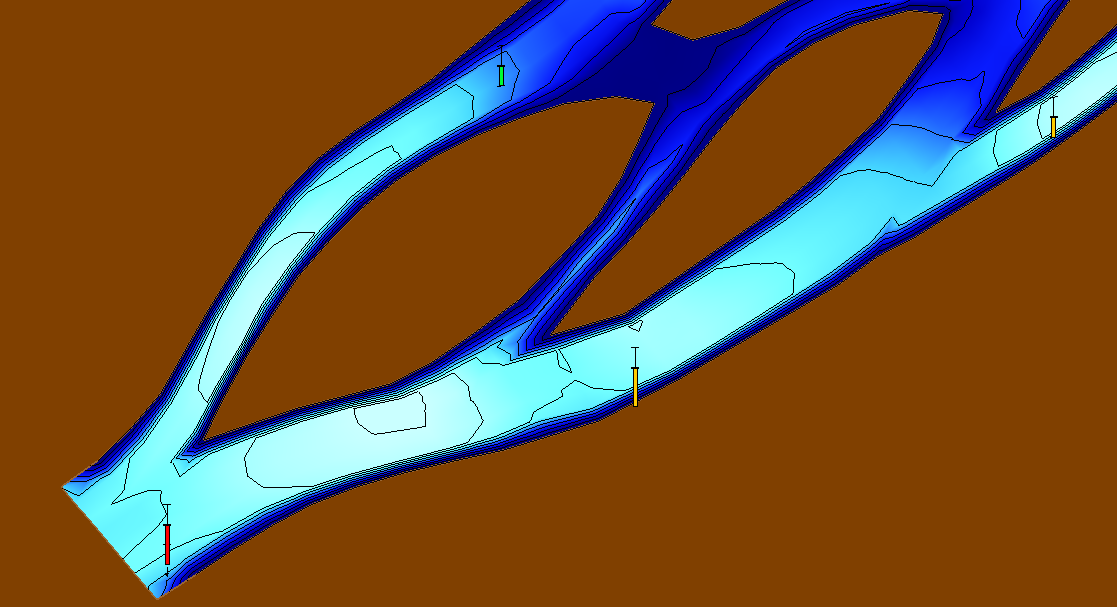We use cookies to make your experience better. To comply with the new e-Privacy directive, we need to ask for your consent to set the cookies. Learn more.
Using Observed Data for Better Models
Are you calibrating hydrological models? One of the best ways to ensure accuracy is by using observed data. While models can approximate real-world conditions, they often fall short without calibration. Using the Surface-water Modeling System (SMS), observed data helps refine, validate, and improve models, making them more reliable for applications such as flood forecasting and water resource management.
What is Observed Data?
What do we mean when we say observed data? Observed data means hydrological information that is measured in the real world through sensors and other means. This data can look like:
-
Stage and discharge hydrographs such as those from flood events
-
Streamflow conditions such as those reported by USGS gaging stations
-
Rainfall records such as those from NOAA or other weather services
-
Evapotranspiration records as could be found in historical datasets
-
High water marks or inundation extents after storms
This is not a comprehensive list by any means, but hopefully it gives you an idea of what observed data SMS can support. Many types of observed data can be compared to calibrate and validate your model so open SMS and see what it can do!
What This Means For You
In SMS, you can directly compare your models to observed data, visually and numerically validating your work. Some ways this directly helps our users are:
-
Model calibration using real-world data to calibrate your hydrological models
-
Model validation to show your model holds up to reality
-
Informed decision making to feel confident in your choices
For example, a common problem people have is making sure their Manning’s n values are good approximations for the simulations they are running. Using historical data, setting your Manning’s n value is no longer guesswork. You can feel confident that your model accurately describes the area being evaluated using observed data as your model’s backbone!

Consider the Following
Precaution must be taken for best results while generating hydrological models. Please consider the quality of the datasets and where they come from before using observed data. Some things look out for are:
-
Data quality can vary so be aware of sensor quality, resolution, and reputation
-
Event matching to ensure the model and the data from the same event
-
Resolution matters for both temporal and spatial resolutions
Keeping in mind the quality and source of your observed data, you can move forward with confidence in your decisions and pride in your models!
Conclusion
By incorporating observed data, you can build surface-water models that are more accurate and dependable. This added reliability gives you greater confidence in your results and supports better decision-making. Try SMS today to see how its observed data functionality can strengthen your models.


